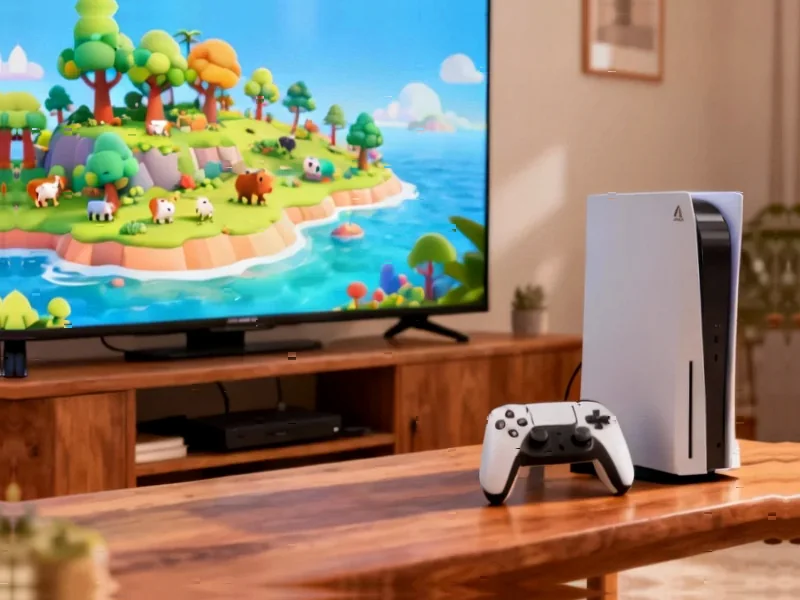According to Polygon, Nintendo has finally released its official Store app worldwide after previously keeping it exclusive to Japan. The Android and iOS app now allows players in most major regions to shop for games, accessories, and merchandise directly from their phones, though Australia and New Zealand are notably excluded. This marks another addition to Nintendo’s growing app portfolio, which already includes Nintendo Music, Nintendo Switch Parental Controls, and the confusingly named Nintendo Switch app that somehow doesn’t provide eShop access. The new Store app lets users receive notifications about Wish List sales, redeem My Nintendo points, and check in at official Nintendo events for unspecified rewards. Most surprisingly, it includes detailed play activity tracking that shows every single play session on Switch systems, plus limited gaming history from Wii U and 3DS consoles up until February 2020.
Nintendo’s app problem
Here’s the thing about Nintendo and apps: they’ve never really figured this out. We’ve got Nintendo Music, parental controls, a Switch app that doesn’t actually let you shop on the eShop, and now this Store app that’s basically just a mobile storefront. It’s like they’re throwing spaghetti at the wall to see what sticks. And honestly, the fact that it took them this long to make a shopping app that actually lets you shop is kind of wild. Other gaming companies have had functional store apps for years. Nintendo’s approach to digital services has always felt about five years behind everyone else, and this doesn’t exactly change that perception.
The hidden gem
But let’s talk about that play activity feature, because that’s actually pretty cool. The Switch itself only gives you rough estimates of play time – you know, “played for a little while” or “played for a long time.” This app shows you every single session. Want to know exactly how many hours you wasted on Animal Crossing during the pandemic? Now you can find out. Even better, if you link your old Nintendo Network ID, you can see your Wii U and 3DS gaming history. Now, there are some limitations – the older console data only goes up to February 2020, and it doesn’t show individual sessions like the Switch data does. But still, being able to look back at your gaming history across multiple console generations? That’s a nostalgia trip waiting to happen.
Why now?
So why include this feature in a shopping app of all places? It seems random until you think about it. Nintendo knows that getting players to engage with their purchase history and play data makes them more likely to buy more games. It’s basically a clever way to keep you in their ecosystem. Remember that game you played 200 hours of on Wii U? Maybe you’d like the Switch version. See that play session from 2014? Here’s a sale on the sequel. It’s smart business disguised as a fun feature. And given how protective Nintendo is of their data and user experience, I’m actually surprised they’re being this transparent with play tracking. Maybe they’re finally learning that players want more insight into their gaming habits.
The bigger picture
Look, this app isn’t going to revolutionize how we interact with Nintendo. But it does represent a small step forward in their digital strategy. The fact that they’re finally unifying store access and adding genuinely useful features like detailed play tracking suggests they might be listening to what players actually want. The question is whether this is a one-off improvement or part of a larger shift in how Nintendo approaches digital services. Given their history, I’m leaning toward cautious optimism rather than expecting major changes. But hey, at least now I can shop for games and simultaneously feel guilty about my play time all in one app. Progress?




